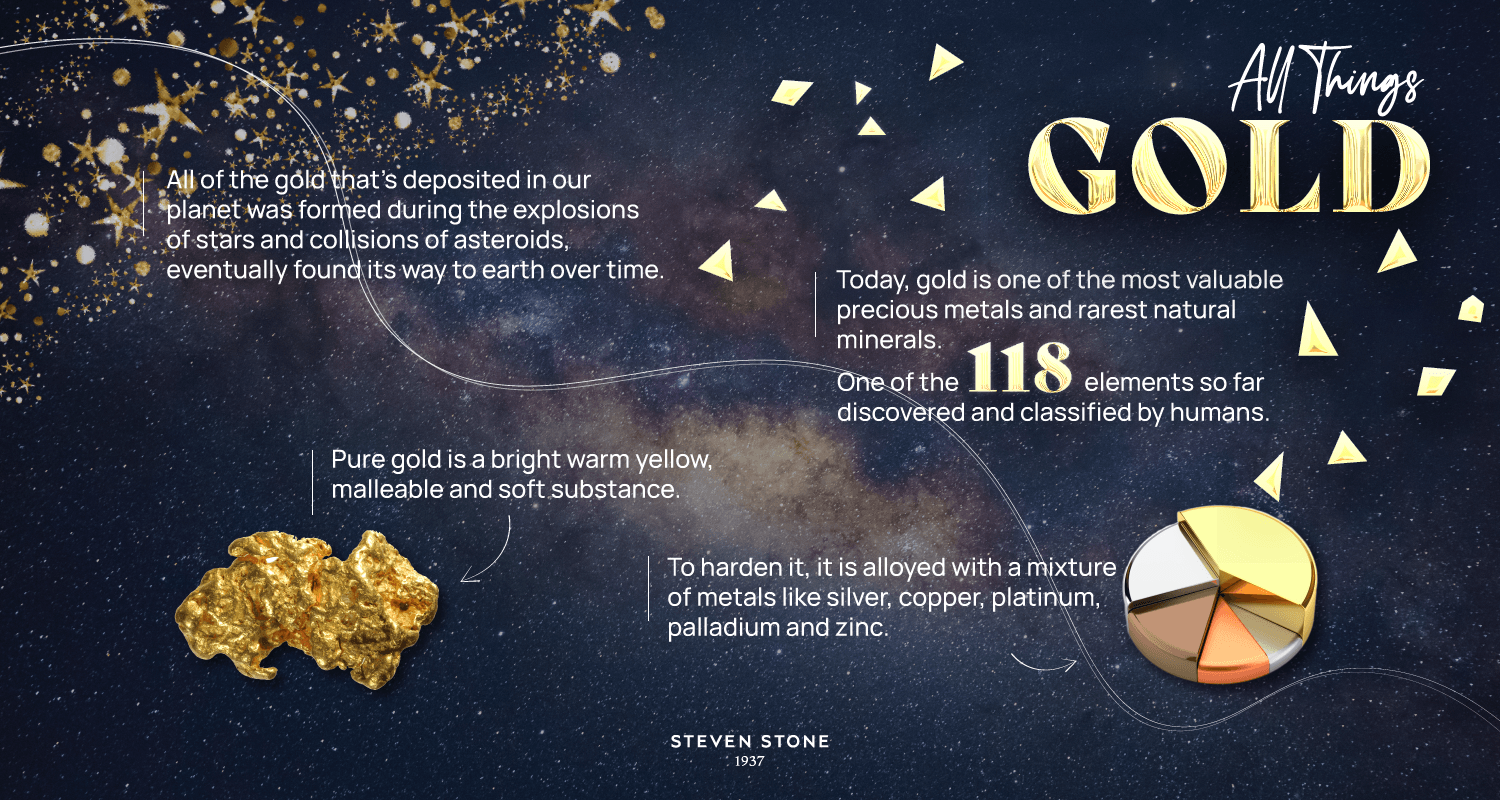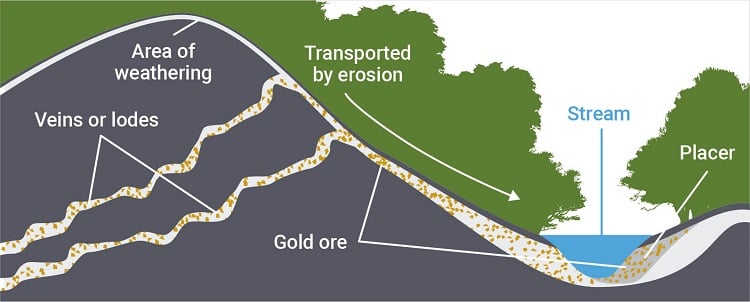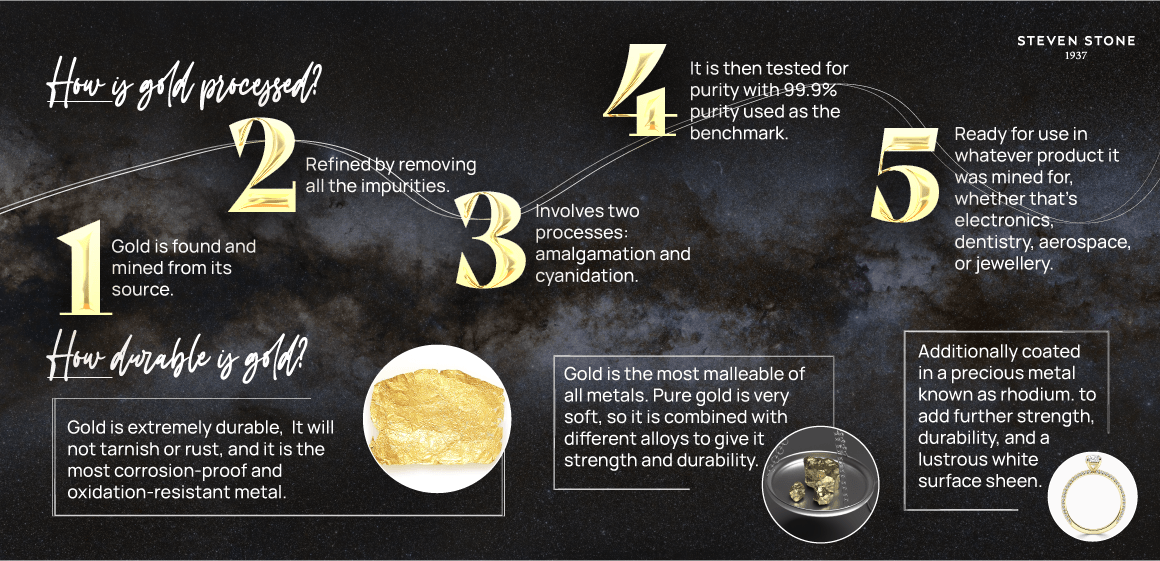Introduction
Gold has long been considered a valuable and precious metal, coveted for its beauty, rarity, and historical significance. But have you ever wondered how this shimmering metal is actually formed? In this ultimate guide to gold formation, we will delve into the intricate process of how gold is created, exploring its origins, geological formations, and extraction methods.
The Geological Formation of Gold
Gold is a naturally occurring element that is found deep within the Earth’s crust, typically in quartz veins or placer deposits. It is believed to have been formed through a process known as hydrothermal deposition, where hot fluids carrying gold and other minerals rise up from the Earth’s mantle and deposit their contents in cracks and fissures in the rocks. Over millions of years, these deposits solidify and form gold-rich veins that miners can extract.
Origins of Gold
Gold is thought to have been created through several different processes, including:
Supernovae Explosions
One of the most widely accepted theories for the origin of gold is that it was formed during supernovae explosions, which occur when massive stars reach the end of their lifecycle and explode in a fiery burst of energy. During these explosions, the intense heat and pressure generate the conditions necessary for gold to be created from lighter elements through a process known as nucleosynthesis.
Neutron Star Collisions
Another proposed origin of gold is through the collision of neutron stars, which are the incredibly dense remnants of exploded stars. When two neutron stars collide, they release an immense amount of energy, creating the extreme temperatures and pressures needed to fuse lighter elements into heavier ones, such as gold.

This image is property of crisscut.stevenstone.co.uk.
Gold Mining Methods
Once gold has been formed deep within the Earth’s crust, it can be extracted through a variety of mining methods, including:
Placer Mining
Placer mining is one of the oldest and simplest methods of extracting gold from rivers, streams, and surface deposits. Miners use tools such as pans, sluice boxes, and dredges to separate gold from the surrounding sand, gravel, and sediment. This method is often used in areas where gold is easily accessible and abundant.
Hard Rock Mining
Hard rock mining involves extracting gold from solid rock formations, such as quartz veins and underground deposits. Miners drill into the rock and use explosives to break it apart, then crush and process the ore to extract the gold. This method is more complex and costly than placer mining but can yield higher concentrations of gold.

This image is property of www.bullionbypost.co.uk.
Environmental Impacts of Gold Mining
While gold mining is essential for the production of this valuable metal, it can also have significant environmental impacts. Some of the key issues associated with gold mining include:
Deforestation
Clearing large areas of land for mining operations can lead to deforestation, habitat destruction, and loss of biodiversity. The use of heavy machinery, chemicals, and explosives can further degrade the natural environment and disrupt local ecosystems.
Water Pollution
Gold mining can result in the contamination of nearby water sources with toxic chemicals such as cyanide and mercury, which are used in the extraction process. This pollution can harm aquatic life, contaminate drinking water supplies, and have long-lasting effects on the environment.

This image is property of crisscut.stevenstone.co.uk.
Conclusion
In conclusion, gold is a fascinating and valuable metal that has captivated humans for centuries with its beauty and rarity. By understanding the geological formation of gold, its origins, mining methods, and environmental impacts, we can gain a deeper appreciation for this precious metal and the intricate processes that bring it from deep within the Earth to our hands. Whether as a beautiful piece of jewelry, an investment opportunity, or a symbol of wealth and power, gold continues to hold a special place in our hearts and minds.
If you have any questions, please don’t hesitate to contact us at info@fastcashva.com




